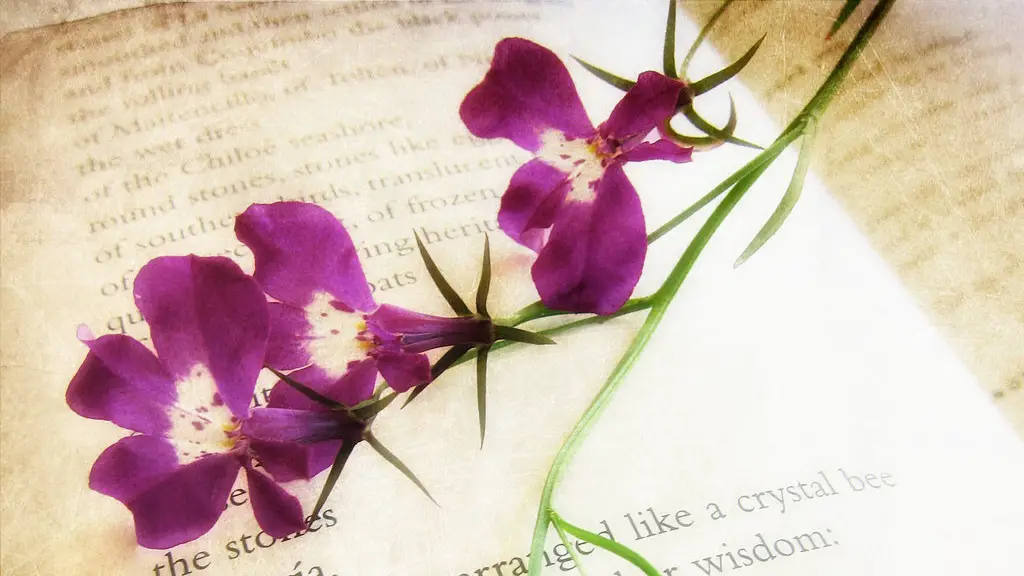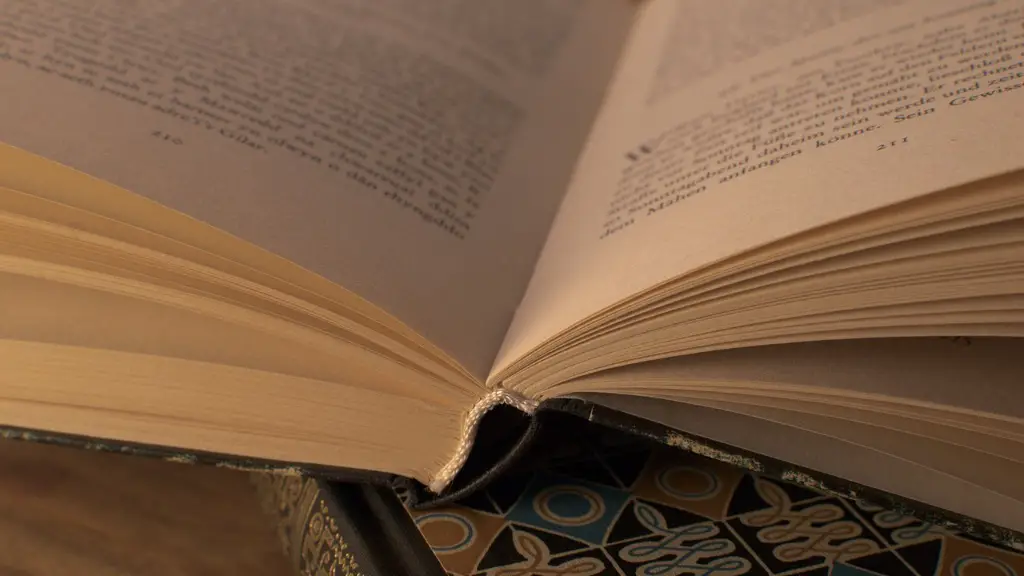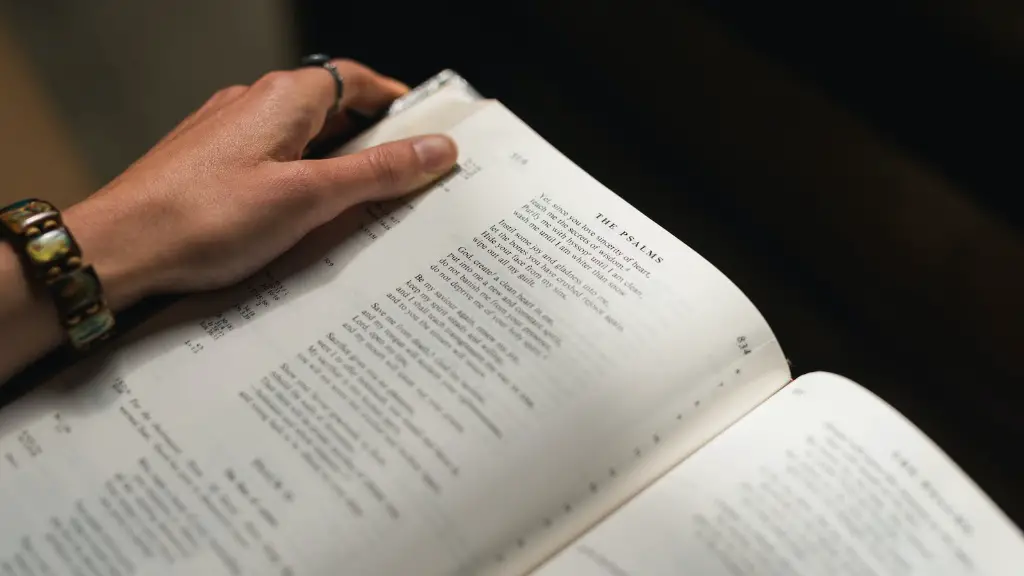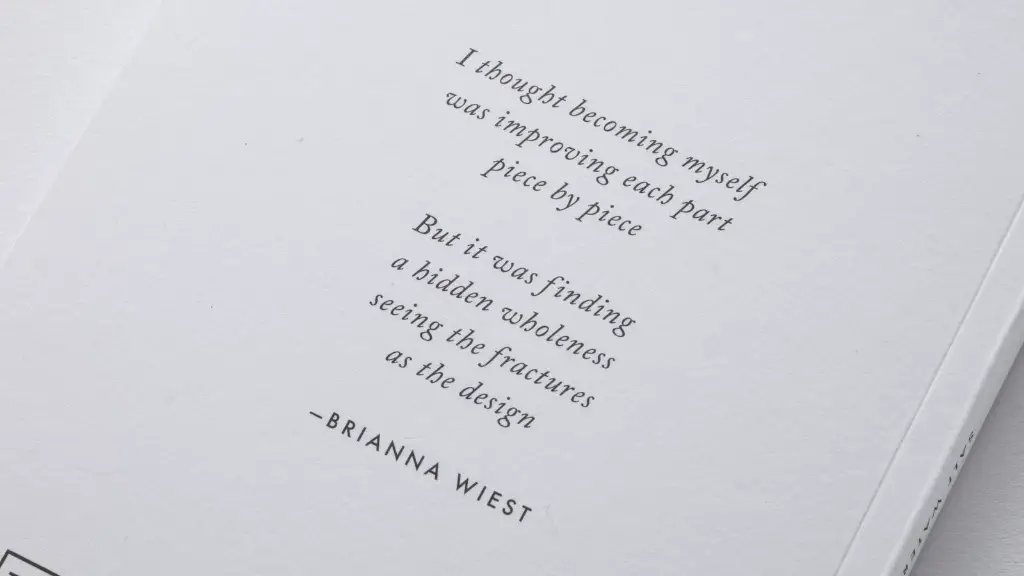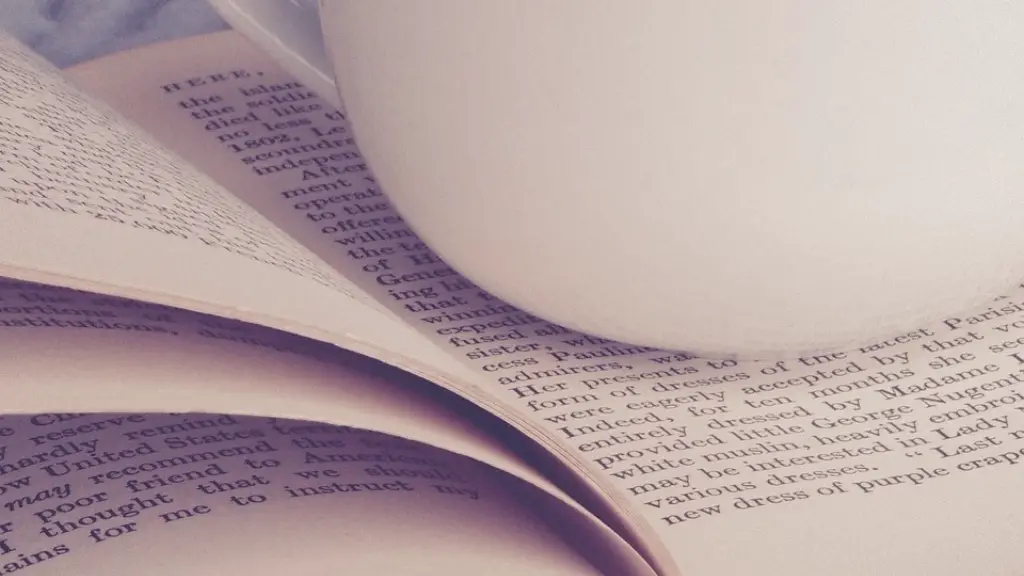Emily Dickinson is widely considered to be one of the greatest American poets of the 19th century. Her poetry is characterized by its unconventional style and syntax, as well as its often dark and mysterious subject matter. Dickinson wrote primarily in the genre of lyric poetry, which is a type of poetry that traditionally focuses on expressing the poet’s emotions or thoughts. However, Dickinson often pushed the boundaries of the lyric form, experimenting with different structures and meters. Many of her poems also deal with themes of death and mortality, which is another signature element of her work.
Emily Dickinson wrote a variety of poems, including ballads, sonnets, and hymns.
What is Emily Dickinson poetry style?
Emily Dickinson is one of America’s most famous poets. She is known for her use of slant rhyme, conceits, and unconventional punctuation. She was also a very reclusive person, rarely leaving her home.
Emily Dickinson was an important figure in American poetry. She was little-known during her life, but her work has since been highly regarded. Dickinson was a prolific writer, and her poems often explore themes of death, love, and nature.
What are the major characteristics of Dickinson’s poetry
Emily Dickinson’s poems often employ short stanzas, mostly quatrains, with short lines. This creates a sense of simplicity and intimacy which is often offset by the complex meanings of her poems. Other stanzas employ triplets or pairs of couplets, and a few poems employ longer, looser, and more complicated stanzas. This variety allows Dickinson to create poems that are both concise and powerful.
Dickinson’s approach to these themes was indeed unique, and her poems continue to resonate with readers today. Her focus on the inner life and the individual experience was ahead of her time, and her use of language was both innovative and highly effective. It is no wonder that her work continues to be studied and admired nearly 150 years after her death.
What poetry techniques did Emily Dickinson use?
Dickinson’s use of poetic devices such as imagery, enjambment, and dashes create an even more ambiguous tone in her poetry. By using these devices, Dickinson is able to increase the uncertainty of her already ambiguous subjects. This makes for a more interesting and complex reading of her poetry.
Emily Dickinson was an American poet who is known for her unique and unconventional style of poetry. Many of her poems focus on individualism, transcendentalism, spiritualism, and realism. Her use of symbolism is also a notable characteristic of her work.
Was Emily Dickinson a Romantic or realist?
Emily Dickinson is one of the most celebrated female poets of the Romantic era. Her work is marked by a deep exploration of the inner self, and a keen interest in pushing the boundaries of traditional poetic form. Dickinson was a major influence on the development of American Realism, and her innovative style and unique voice continue to inspire poets and readers today.
Her poems are often difficult because of their unusual compression, unconventional grammar, their strange diction and strained figures of speech, and their often generalized symbolism and allegory. All of these elements can make it hard to understand what the poem is actually about. However, these same elements can also make her poems very powerful and moving.
What is the overall tone of Emily Dickinson’s poetry
Emily Dickinson is unique in her poetic style and delivery. She often addresses difficult topics like death and suffering with a level of sophistication and gloom. However, she is also capable of writing lighter pieces that read like essays. This dichotomy between dark and light makes her one of the most interesting and enigmatic poets of her time.
Concise and introspective would be the best way to describe Dickinson’s poetry. She was known for her short, but poignant poems that often reflected on the inner workings of her own mind. These qualities can be seen in many of her famous poems, such as “Because I could not stop for Death” and “I’m Nobody! Who are you?”
What did Emily Dickinson’s poems focus on?
Like most writers, Emily Dickinson wrote about what she knew and about what intrigued her. A keen observer, she used images from nature, religion, law, music, commerce, medicine, fashion, and domestic activities to probe universal themes: the wonders of nature, the identity of the self, death and immortality, and love.
In order to get the most out of reading Emily Dickinson’s poetry, it is important to keep an open mind and be prepared for linguistic surprises. It can also be helpful to read the poem again after familiarizing oneself with some of the major characteristics of Dickinson’s poetry. Additionally, it is sometimes helpful to set aside the expectation that a poem has to “mean” one thing, and instead try to “fill in the blanks” left by the poet. Finally, it is important to keep in mind that Dickinson’s syntax is often problematic and that her poems are very compressed.
What are the major themes of Emily
Emily Dickinson is one of the most celebrated poets in history, known for her beautiful and unique style of writing. She dealt with a wide range of topics in her poetry, such as nature, love, pain and suffering, death and immortality, God and religion, artistic philosophy, and universality. Her poems have inspired and touched people for generations, and her legacy as a poet continues to live on.
Dickinson was known for her unconventional use of words and phrases, and her interesting use of paper reflects this. By writing on envelopes, she was able to create unique shapes and forms that added to the meaning of her poems. This made her poems even more interesting and powerful.
What influenced Emily Dickinson poetry?
Dickinson’s poetry was highly influenced by the poets of her own time, as well as by her reading of the Book of Revelation. Some of the most notable influences include Ralph Waldo Emerson, Elizabeth Barrett Browning, and William Blake. Each of these writers had a profound impact on Dickinson’s style and content, shaping her into the poet she is today.
Emily Dickinson was a romantic, transcendentalist poet in the nineteenth century in the United States. Emily Dickinson’s biography displays the influences and forces that affected her writing. Dickinson was influenced by the transcendentalist beliefs of Ralph Waldo Emerson and Henry David Thoreau. These beliefs emphasize the importance of intuition and the power of the individual. Dickinson also responded to the events of her own life, including her reclusive lifestyle and her experience of death. These experiences led her to produce some of the most unique and beautiful poetry in the English language.
What was different about Emily Dickinson’s writing style
Emily Dickinson’s writing style is very unique. She used a lot of dashes, dots, and unconventional capitalization. She also used vivid imagery and idiosyncratic vocabulary. Instead of using pentameter, she was more inclined to use trimester, tetrameter, and even dimeter at times.
Hope is a very important thing. It is the thing that gives us the strength to keep going even when things are tough. Hope is like a little bird that sits in our soul and sings to us. It never stops and it is always there for us.
Warp Up
Emily Dickinson wrote mostly lyric poems, which are short, musical poems that express the poet’s emotions.
Emily Dickinson wrote mostly short, dark poems about nature, love, and death.
